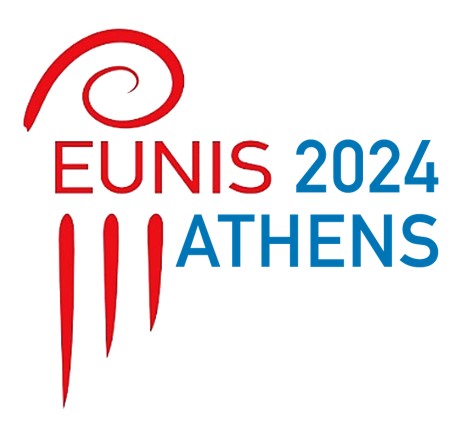This session consists of three presentations
Featured Speakers
Olli Lyytinen, CSC – IT Center for Science, Finland:
Launching a cross-institutional study service in Finland: processes, agreements and technical solutions #52
Cross-Institutional Study Service is a service that connects the student information systems of different higher education institutions in Finland for the purpose of enabling streamlined cross-institutional studies and greater student mobility across institutions in Finland. This covers students being able to find information about available courses, registering for them and transferring the completed credits back to the student’s home organisation.
A regional, simplified version of the service supporting cross-institutional studies served as a proof of concept for a large-scale national service. This was followed by a development phase during which the organisational and legal issues were recognised as critical factors for the large-scale adoption of the concept and service. The project plan included developing consistent models, processes and legal agreements as well as the technical system solution. The discussed issues coincide well with the points of view presented in European Interoperability Reference Architecture.
The service is currently in early stages of production use starting with a small number of students piloting the service in early 2023. Since then, the numbers have slowly been growing. Nearly all HEIs in Finland have signed up for the service and the general intention is to switch existing cross-institutional study arrangements to use the service which will greatly reduce manual administrative work as well as making it simpler for students to make use of cross-institutional opportunities.
Download the presentation
Tor Fridell, Swedish LADOK Consortium:
To bring educational data into Once-Only Technical System (OOTS) using Emrex #16
As part of the Single Digital Gateway regulation, the European Commission and the Member States of the European Union are required to implement a Once-Only Technical System for the automated exchange of evidence between competent authorities. SDG requires support for three procedures requiring exchange of educational data. This paper shows that institutions that implemented the EMREX system for student data exchange can successfully use a proof-of-concept implementation of a so-called “bridge” to connect to OOTS without any of the two systems imposing changes on the other.
Deployment of a potential future production version of this bridge would greatly decrease the cost and impact of connecting to the OOTS for educational institutions that use EMREX.
Download the presentation
Harald Gilch, HIS Institut für Hochschulentwicklung, Deutschland:
Potential of AI-supported recognition tools for higher mobility and more permeability in the higher education system #11
Three application scenarios for AI-based tools are being analyzed to support the recognition process for university and program changes. These are 1. AI-supported structuring as an AI Module Analyzer, 2. AI-based support for the academic sector in assessing criteria for recognition as an AI Module Matcher and 3. an AI Chatbot to support students in consulting and processing of the application. Practical tests with generative AI and a combination of generative and semantic AI were conducted in several variants, which show as a proof of concept that despite all the difficulties that still exist, there is great potential for AI-based tools to make a decisive contribution to transparent and efficient recognition processes in the near future and thus to increasing permeability and mobility in the European higher education system.
Download the presentation



